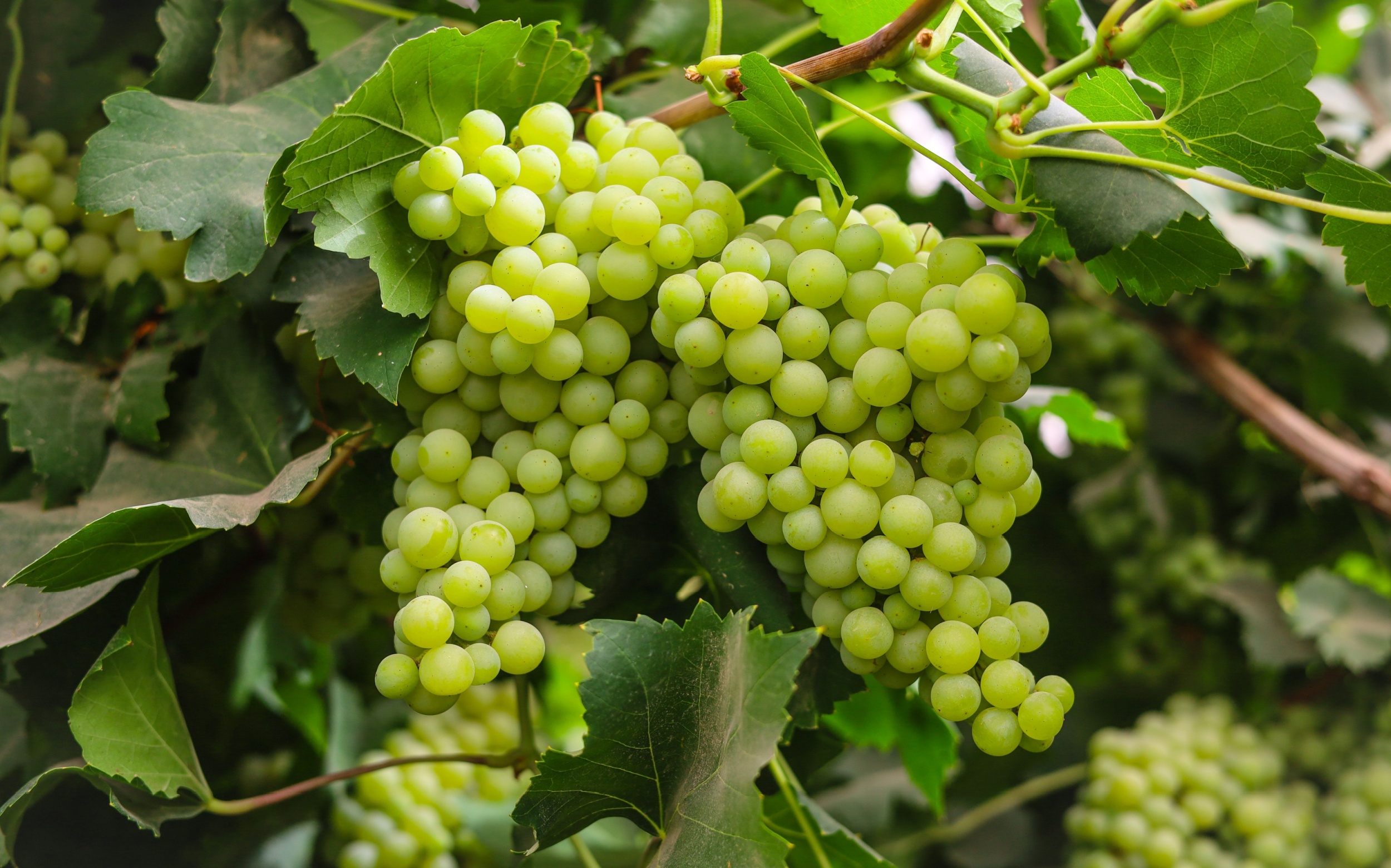05 November 2025

Image Credits: Earth.com
Scientists have advanced a biodegradable film from grapevine pruning that imitator plastic but breaks down in just over two weeks. The revolution comes from South Dakota State University (SDSU), run by Associate Professor Srinivas Janaswamy, in association with skillful grapevine Anne Fennell. The newest results display that film companies from cellulose taken out of grapevine canes are see-through, tough, and fast to biodegrade. The team garnered canes from SDSU’s study vineyard and developed a procedure to turn them into packing-grade films. Most packing is utilized once and blended, and it is manufactured from petroleum. It remains in landfills and oceans for eras. Only a sliver is recycled. Micro- and nano plastics detach and spread.
People and wildlife breathe in and consume them, and they have lately turned up universally, residing inside the human body. The enduring health possessions are still uncertain. The “Great Pacific Garbage Patch” is the symbol of that calamity.
Possibly the worst crook in daily life is the reediest retail bag. It is appropriate, light, and cheap. It is also tough to recycle and easy to clutter. Replacing that bag with a resource that performs like plastic but quickly decays could alter the waste stream. Janaswamy’s lab goals that challenge using agricultural byproducts. He has removed cellulose from avocado skins, alfalfa, spent coffee grounds, switchgrass, corncobs, banana peels, and soy hulls.
The improved polymer is then utilized for films that mimic accustomed wraps and liners. The grapevine idea started after a site talk. Fennell, who is a lecturer of plant science, agronomy, and horticulture, recognizes that canes are cellulose-rich and shaped in bulk each winter. However, most are insulated, composted, or scorched. The team dehydrated and milled the canes. Subsequently, they removed a cotton-like cellulose residue, solubilized it, and cast it onto glass plates to arrange thin, uniform pages. The consequence observed was like a clear packing film. Cellulose is the organic polymer on Earth. It is the load-bearing resource in plant cell walls, armored by hydrogen ties in chains of glucose.
05 November 2025
05 November 2025
05 November 2025
05 November 2025